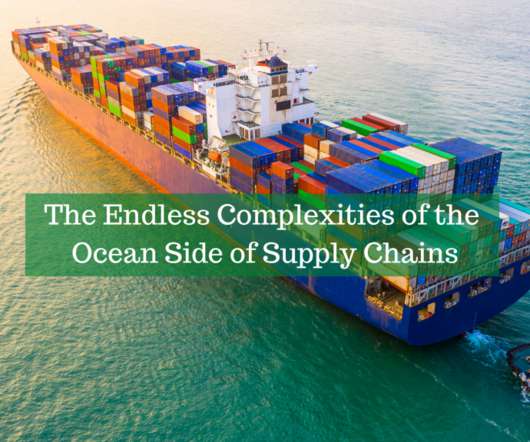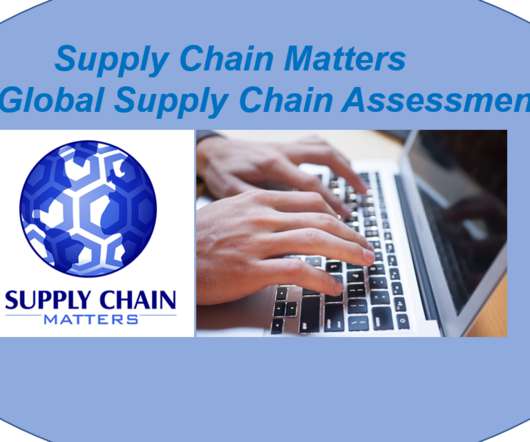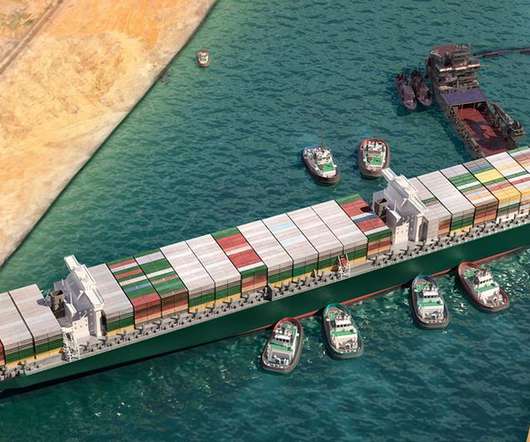The Endless Complexities of the Ocean side of Supply Chains
SCMDOJO
MAY 13, 2022
The advent of containerization heralded a revolution in cargo handling techniques, the ramifications of which are still influencing maritime trade all over the world today. ports of Los Angeles and Long Beach which saw their busiest March on record, handling a combined 898,287 TEU’s. To combat runaway inflation, which reached 7.9%


















Let's personalize your content